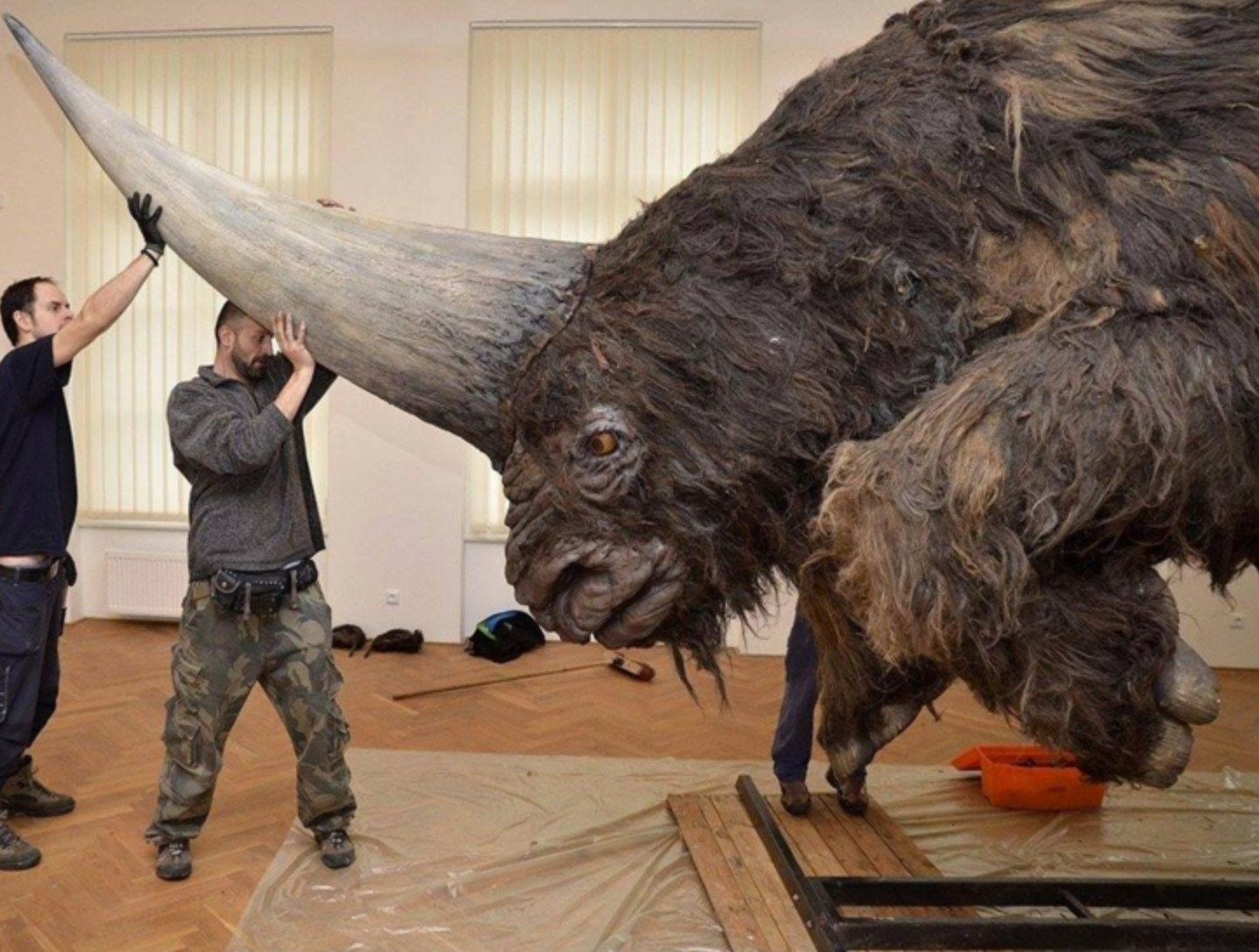The gigantic, shaggy Ice Age rhinoceros (Elasmotherium sibiricum), sometimes known as the Siberian unicorn because to its unusually large single horn, was assumed to have gone extinct 200,000 years ago.
An multinational team of researchers from Adelaide and Sydney, as well as London, the Netherlands, and Russia, has discredited that theory.
Researchers claim that the Siberian unicorn went extinct barely 36,000 years ago in a study was released Tuesday morning in the scholarly journal Nature Ecology and Evolution.
The study discovered that climate change, rather than human impact, was the most likely cause of the species’ extinction.
The Siberian unicorn, which could weigh up to 3.5 tonnes and had a single massive horn, roamed the steppes of Russia, Kazakhstan, Mongolia, and Northern China.
The Australian Centre for Ancient DNA (ACAD) at the University of Adelaide examined the DNA of the Siberian unicorn for the first time and discovered the gigantic animal was the last surviving member of a unique rhino family.
“The Siberian unicorn’s ancestors split from the ancestors of all living rhinos over 40 million years ago,” stated co-author and ACAD researcher Dr Kieren Mitchell.
“That makes the Siberian unicorn and African white rhino even more distant cousins than humans are to monkeys.”
Previous research had shown that the Siberian unicorn was a close relative of the extinct woolly rhino and the extant Sumatran rhino.
The researchers also dated 23 Siberian unicorn bone fragments, proving that the species lived until at least 39,000 years ago, and potentially until 35,000 years ago. The last days of the Siberian unicorn were shared by early modern humans and Neanderthals.
“It is unlikely that the presence of humans was the cause of extinction,” said climate scientist Professor Chris Turney of the University of New South Wales.
“The Siberian unicorn appears to have been severely impacted by the start of the ice age in Eurasia, when a precipitous drop in temperature resulted in an increase in the amount of frozen ground, reducing the tough, dry grasses it lived on and impacting populations across a vast region.”
Other species that shared the Siberian unicorn’s habitat were either less reliant on grass – like the woolly rhino – or more adaptable in their diet – like the saiga antelope – and avoided the Siberian unicorn’s extinction, albeit the woolly rhino finally fell extinct 20,000 years later.






